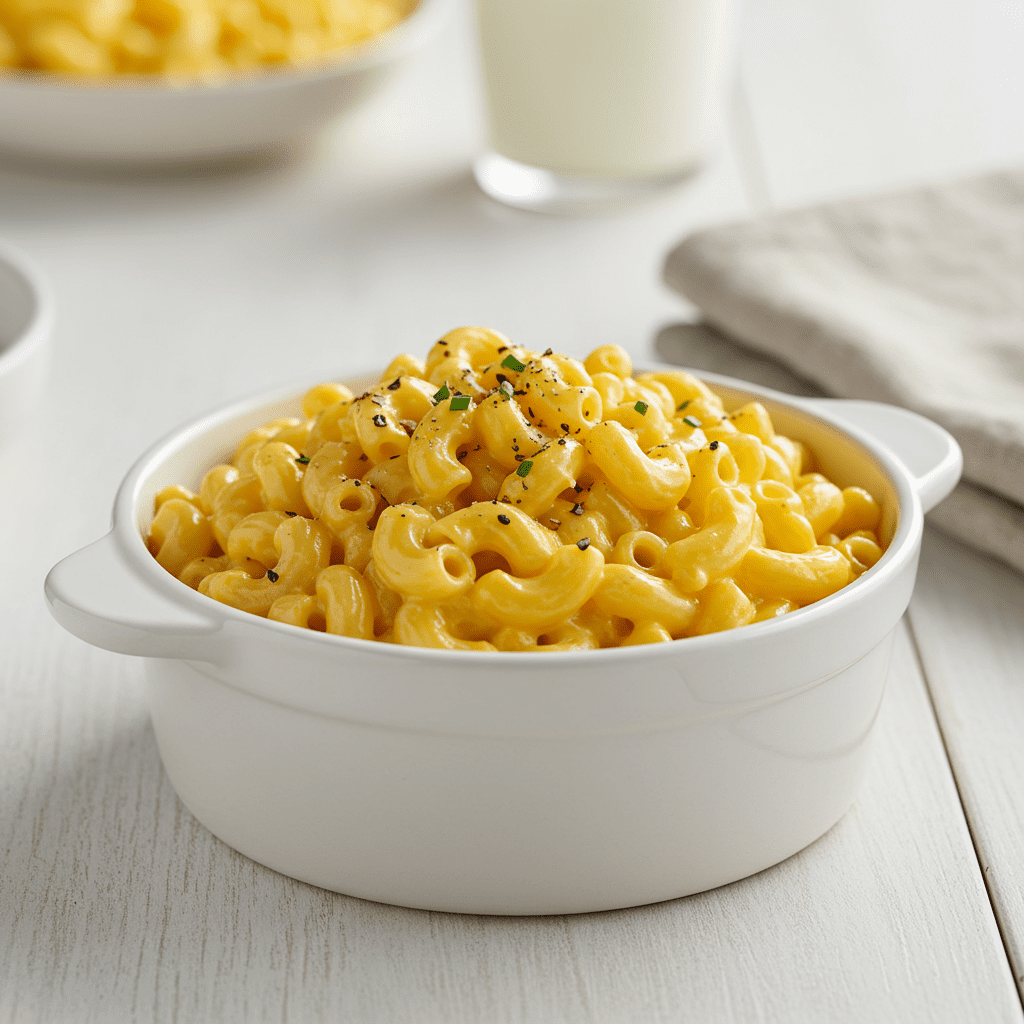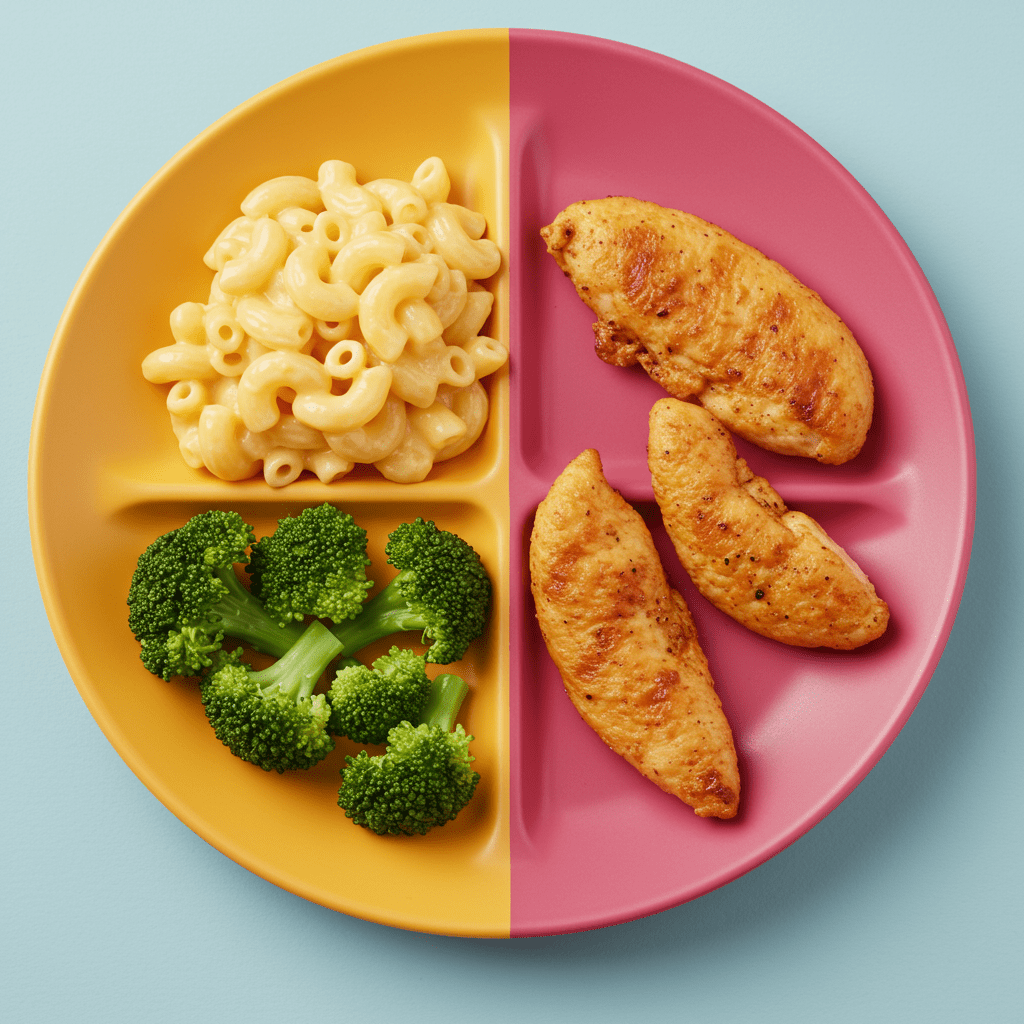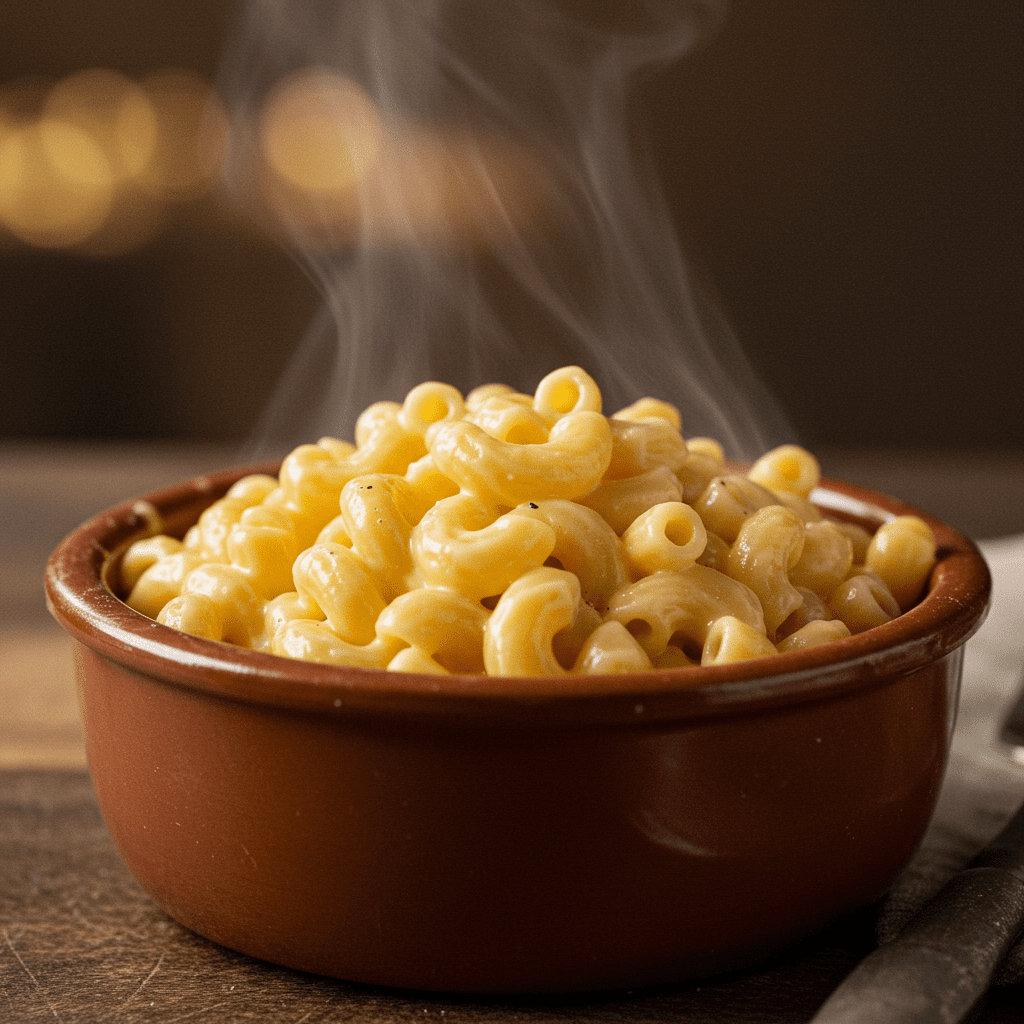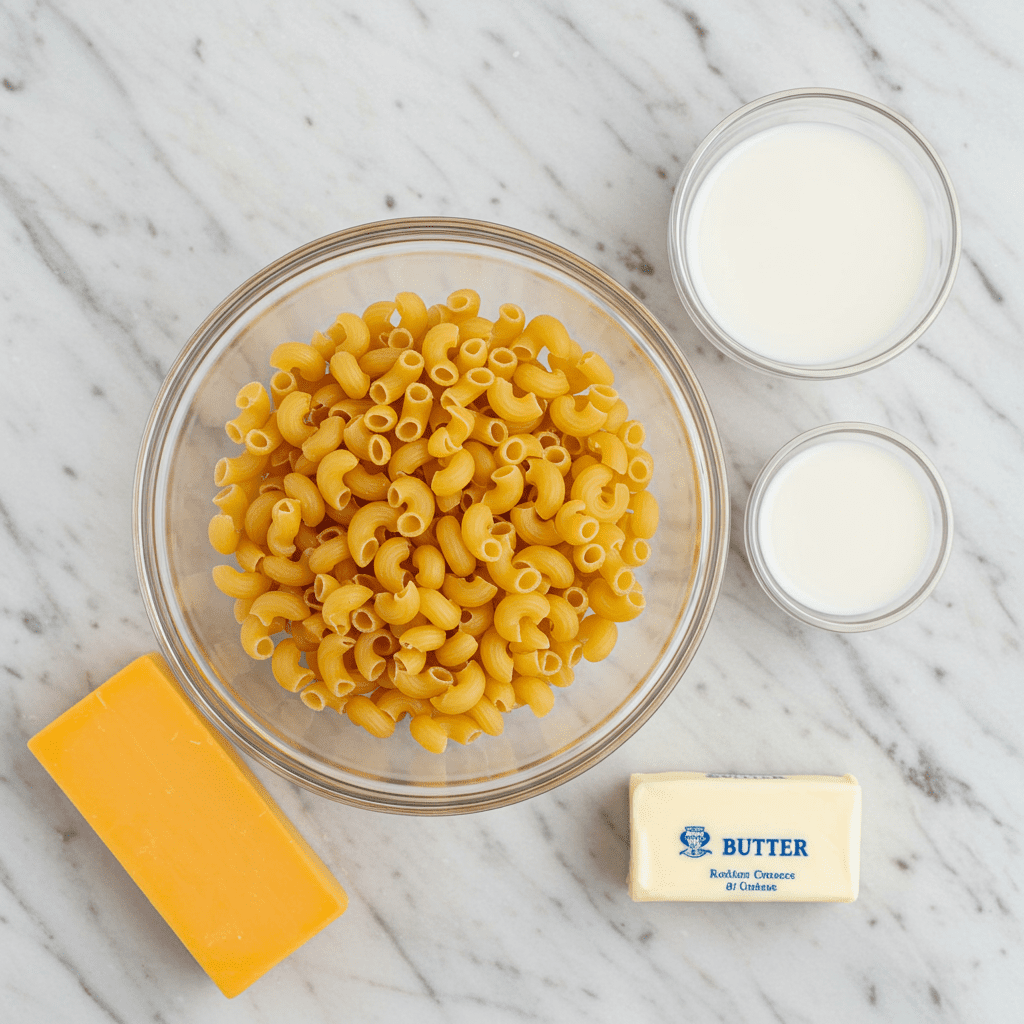Is Annie’s Mac and Cheese Actually a Healthy Choice?

There’s a certain comfort in the blue box—or in this case, the purple box—of mac and cheese. For many of us, it’s a taste of childhood and a go-to for a quick, satisfying meal.
Annie’s Homegrown has built a reputation as a more wholesome alternative to the classic brands we grew up on. But when you get past the clever marketing and the ‘organic’ label, is Annie’s mac and cheese a genuinely healthy choice?
As a Registered Dietitian, I believe in looking beyond the hype and digging into the facts. In my practice, I provide honest reviews of popular food products to help people make informed choices. Let’s explore what’s really inside that box and how it fits into a balanced, modern diet.
What’s Really Inside a Box of Annie’s?

Before we even get to the nutrition panel, let’s look at the ingredients. For Annie’s Classic Mild Cheddar Macaroni & Cheese, the list includes: Organic Pasta (from organic wheat flour), whey, cultured cream, nonfat milk, salt, butter, and dried cheddar cheese.
The color comes from annatto extract, a natural food coloring derived from the seeds of the achiote tree. A key selling point for many is what’s not on the list: no artificial flavors or synthetic colors.
The use of organic pasta means the wheat was grown without most synthetic pesticides and fertilizers, which is a priority for many families. While the ingredient list is relatively simple compared to some ultra-processed foods, it’s important to remember that this is still a convenience product.
A Dietitian’s Look at the Nutrition Label

Looking at a prepared serving (which includes 2 tbsp butter and 3 tbsp milk), the numbers tell a more detailed story. A single serving contains around 380 calories, 17g of fat (10g of which is saturated), and a hefty 760mg of sodium.
On the plus side, you get 11g of protein. The sodium content is significant, representing about 33% of the recommended daily limit for an adult, according to the American Heart Association.
While the protein is a nice bonus, the high sodium and saturated fat are key factors to consider. This isn’t a food to eat mindlessly, but one to fit thoughtfully within your day’s overall intake.
How Does Annie’s Compare to Kraft?

This is the big question for many shoppers. Let’s compare prepared boxes.
Nutritionally, they are surprisingly similar. A prepared serving of Kraft Original has about 360 calories, 16g of fat, and 720mg of sodium.
The protein content is nearly identical. The primary difference lies in the ingredient sourcing.
Kraft uses enriched macaroni, while Annie’s uses organic pasta. Annie’s prides itself on using real cheese and no artificial flavors or dyes.
However, Kraft has also reformulated its product to remove these, now using paprika, annatto, and turmeric for color. While Annie’s maintains a slight edge with its organic ingredients and commitment to non-GMO sourcing, the core nutritional profiles are not dramatically different.
A 2020 study on consumer perceptions published in the Journal of Food Science highlights that consumers often perceive organic foods as significantly healthier, even when nutritional data is similar.
Does ‘Organic’ Actually Mean It’s Healthier?

The word ‘organic’ carries a lot of weight, but it’s crucial to understand what it means. The USDA National Organic Program certifies that products are grown and processed according to federal guidelines.
This includes standards for soil quality, animal raising practices, and pest and weed control. As the Mayo Clinic explains, the primary benefit is reduced exposure to pesticides and antibiotics.
Organic cookies, chips, and mac and cheese are still cookies, chips, and mac and cheese. Their nutritional value in terms of calories, fat, sugar, and sodium is often comparable to their conventional counterparts.
Choosing organic is a valid personal choice based on agricultural and environmental preferences, but it doesn’t automatically grant a food a health halo.
What’s the Deal with Sodium and Processed Foods?

Boxed mac and cheese is, by definition, a processed food. Processing helps with preservation and convenience.
However, a major characteristic of many processed foods is high sodium content. The Centers for Disease Control and Prevention (CDC) notes that more than 70% of the sodium Americans consume comes from processed and restaurant foods.
A diet high in sodium can lead to high blood pressure, a major risk factor for heart disease and stroke. With one serving of Annie’s containing up to a third of your daily sodium allowance, it’s a perfect example of how processed foods can quickly add up.
This is the single most important nutritional factor to be mindful of when enjoying convenience meals.
Is It a Good Choice for Kids?

Annie’s is a staple in many households with children, and for good reason—it’s fast, easy, and kid-approved. As a meal for a child, the key is balance and portion control.
A child’s sodium and calorie needs are much lower than an adult’s. A full adult-sized serving might be too much for a young child.
Consider serving it as a side dish rather than the main event. Pairing a smaller portion of mac and cheese with a lean protein and a vegetable can create a much more balanced and satisfying meal.
For picky eaters, mac and cheese can be a great ‘carrier’ food for other nutritious additions they might otherwise avoid.
3 Easy Ways to Boost Your Box of Mac and Cheese

The great thing about a simple base like mac and cheese is that it’s easy to upgrade. Here are three simple ways to make it a more well-rounded meal:
- Pack in Protein: Stir in cooked, shredded chicken, lean ground turkey, or a can of drained tuna. For a plant-based boost, add green peas, chickpeas, or edamame. This will make the meal more filling and satisfying.
- Weave in Veggies: This is my favorite tip. While the pasta boils, toss in some broccoli or cauliflower florets for the last few minutes of cooking. You can also stir in wilted spinach, sautéed mushrooms, or shredded carrots into the finished product. It’s an almost effortless way to add fiber and micronutrients.
- Make Smart Swaps: Prepare the sauce using plain Greek yogurt instead of butter for a creamy texture with more protein and less fat. You can also use less of the cheese packet to control the sodium, supplementing the flavor with a sprinkle of nutritional yeast or a dash of smoked paprika.
Conclusion
So, is Annie’s Mac and Cheese healthy? The answer isn’t a simple yes or no.
Nutritionally, it’s a high-calorie, high-sodium processed food that shouldn’t be the foundation of your diet. However, its simpler ingredient list and organic certification give it an edge for those who prioritize these factors.
As a dietitian, I see it as a convenient and comforting option that can absolutely have a place in an overall healthy eating pattern. The key is context.
Enjoy it, but be mindful of the portion size, consider it a side dish or an occasional indulgence, and use the opportunity to add your own nutritious boosts. A balanced diet isn’t about perfection; it’s about making informed choices most of the time, and a thoughtfully prepared bowl of Annie’s can certainly fit, just like an occasional dietitian-approved dark chocolate walnut treat.
